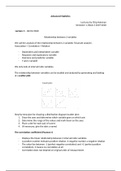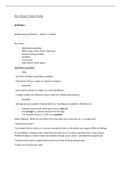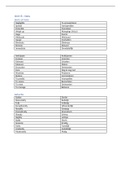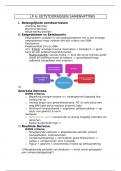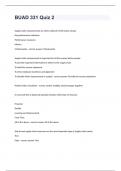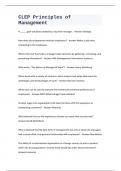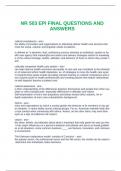College aantekeningen
Advanced Statistics - Lecture Notes
- Instelling
- Universiteit Van Amsterdam (UvA)
‘Advanced Statistics' is the sequel to 'Introduction Statistics' taught in the first year of the Sociology Bachelor at the University of Amsterdam. The course was taught by Chip Huisman in the academic year . Advanced Statistics focuses on multiple regression techniques, building on previous intr...
[Meer zien]
